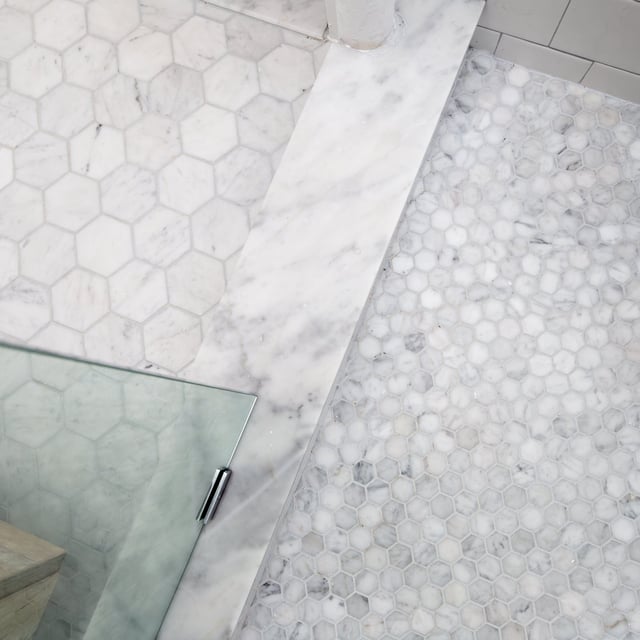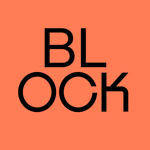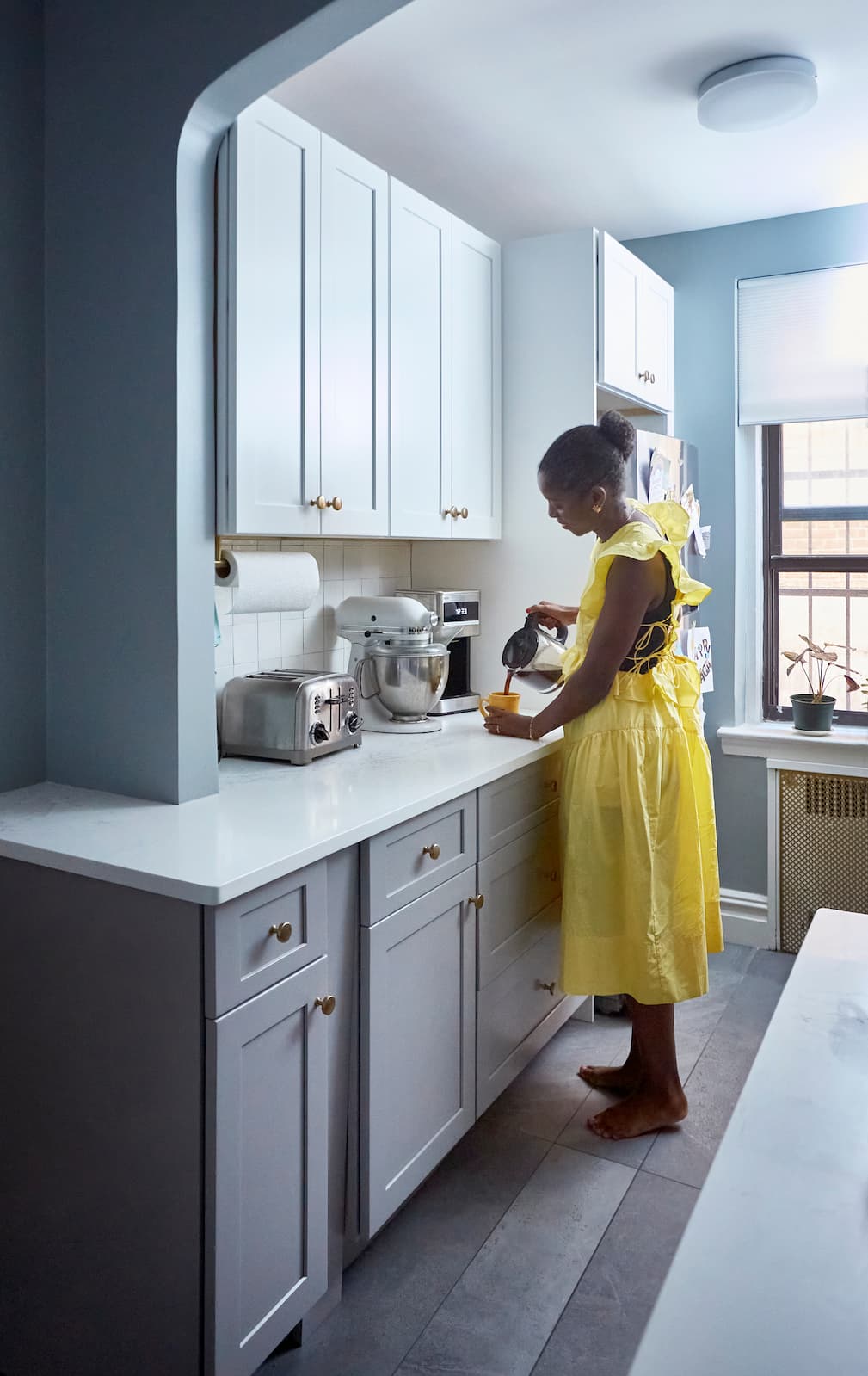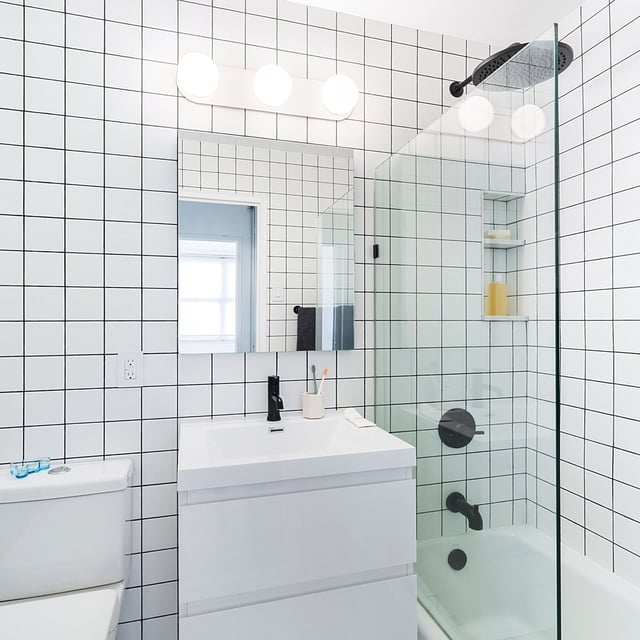
Tile
Subway Tile Pattern Guide: Vertical, Herringbone & More
11.15.2025

In This Article
The floor is often overlooked in bathroom design, but it’s truly the unsung hero of the space. Your bathroom floor takes on daily splashes, steamy showers, and constant foot traffic, all while setting the tone for the entire room.
Finding the right material for your bathroom tiles goes well beyond aesthetics; it’s about comfort, safety, and how much time you’ll spend cleaning (or not cleaning) in the years ahead. Whether you want something bold and modern or classic and understated, your choice of bathroom floor tile will shape how your space feels and functions every single day.
Ceramic tile is the classic go-to for budget-conscious bathroom renovations. It’s affordable, widely available, and comes in just about every color and pattern you can imagine. The big win here is its water resistance and easy cleaning—spills and splashes are no match. On the flip side, ceramic can chip if you drop something heavy, and the surface can feel cold underfoot.
Expect to pay around $1 to $5 per square foot for this particular bathroom tile material. In turn, ceramic is a great pick for anyone who wants a fresh, clean look without breaking the bank—think guest baths, kids’ bathrooms, or quick updates.
One could argue that vinyl tile is the dark horse of bathroom floor material options. It’s soft underfoot, resists water like a champ, and installation is a breeze—some types even peel and stick. The downside? It can look less upscale than other choices, and sharp objects can gouge the surface. Vinyl tile usually runs $1 to $4 per square foot. If you’re after a wallet-friendly, low-maintenance floor for a busy family bathroom or rental, vinyl is a smart, stress-free choice. To learn more about this specific bathroom flooring material, read our in-depth guide to vinyl.
Porcelain tile is a step up from ceramic in terms of density and durability, but it’s still very budget-friendly. It shrugs off water, stains, and heavy foot traffic, making this tile material a workhorse for any bathroom. The main drawback is that it can be slippery when wet, and installation is best left to the pros. Prices range from $2 to $7 per square foot. Porcelain is perfect for anyone who wants a tough, stylish floor that can handle whatever life throws at it—ideal for high-traffic bathrooms.
This bathroom tile material brings a touch of nature indoors, with unique color variations and a slightly textured surface that helps prevent slips. It’s durable and ages beautifully, but it does need to be sealed regularly to keep moisture and stains at bay. Slate typically costs $5 to $10 per square foot. This is a great choice for homeowners who want a bathroom with a little “wow” factor. However, homeowners wanting an easy-to-clean bathroom should find an alternative material.
Luxury vinyl plank, or LVP, is vinyl’s stylish cousin. It mimics the look of wood or stone with impressive realism, but it’s still waterproof and easy to clean. The downside is that it can fade in direct sunlight and may not add as much value as real wood or stone. Expect to pay $3 to $7 per square foot. LVP is a sweet spot for those who want the look of luxury materials without the price tag or maintenance headaches—perfect for busy households.
Cement tile is for the design-forward. It offers bold patterns and a handcrafted feel that can make your bathroom floor the star of the show. Cement is durable, but it’s porous and needs sealing to prevent stains and water damage. It can also feel a bit chilly underfoot. Prices usually fall between $7 and $12 per square foot. Cement tile is best for those who want to make a statement and don’t mind a little extra care to keep things looking sharp.
Glass tile brings a luminous, modern vibe to bathroom floors, reflecting light and making even small spaces feel more open. Available in a rainbow of colors and finishes, glass tile is completely waterproof and resists stains, so it’s a breeze to keep clean. However, it can be slippery when wet and is more prone to scratching than other materials, so it’s best used in low-traffic bathrooms or as an accent. Expect to pay between $7 and $30 per square foot, depending on the style and quality. Glass tile is a great fit for anyone looking to add a splash of color or a touch of luxury to their bathroom floor, especially in powder rooms or areas where you want to make a statement.
Marble is the definition of luxury—each tile is a unique work of art, with veining and color that can’t be replicated. It’s cool to the touch and instantly elevates any space. The catch? Marble is porous, can scratch or stain, and needs regular sealing. It’s also on the higher end, at $10 to $20 per square foot. Marble is for those who want a show-stopping bathroom and are willing to put in the effort to keep it pristine.
Engineered wood brings warmth and a touch of the unexpected to bathroom floors. It’s more stable than solid hardwood, thanks to its layered construction, and can handle humidity better. Still, it’s not as water-resistant as tile, so it’s best for powder rooms or bathrooms with good ventilation. Costs range from $8 to $16 per square foot. Engineered wood is perfect for anyone who loves the look and feel of real wood and wants a cozy, inviting bathroom.
Terrazzo is a showstopper for those who want a bathroom floor material that’s both artistic and nearly indestructible. Made from a blend of marble, quartz, or glass chips set in cement or resin, terrazzo offers endless possibilities for color and pattern—no two floors are ever quite the same. It’s incredibly durable, resists water and stains, and is easy to clean, making it a practical choice for busy bathrooms. The main trade-off is cost: terrazzo typically ranges from $15 to $30 per square foot, and installation is a job for skilled pros. If you’re dreaming of a one-of-a-kind, high-impact floor that will last for decades, terrazzo is a luxury worth considering.
Our free online Renovation Planner lets you upload a photo of your bathroom and instantly preview how different tile materials—like marble, porcelain, or patterned cement—will look in your actual space. You can compare options side by side, such as seeing how a bold slate hexagon floor changes the mood compared to classic white subway tile.
As you experiment, the tool updates your estimated costs in real time, so you can see how each choice fits your budget. If you’re working with a small bathroom or a unique layout, the Planner shows how different tile sizes and patterns can open up the space or add personality. With the Renovation Planner, you can save your favorite combinations and share them with your contractor, making the design process both creative and practical.
Try Our Free Renovation Studio
The best material for your bathroom floor comes down to your lifestyle, your budget, and your vision for the space. Whether you’re drawn to the timeless appeal of marble, the practicality of porcelain, or the creativity of cement tile, there’s a bathroom floor material that fits your needs.
Block Renovation helps you execute your dream bathroom by introducing you to remodelers who bring your vision to life with skill and attention to detail. Our network includes contractors experienced in bathrooms of every size and budget, from compact powder rooms to luxurious primary suites. No matter your style or scope, we’ll find the perfect match. Every detail—from the choice of tile material to the lighting and layout—will reflect your personal style.

Written by Block Renovation

Renovate confidently with Block
Easily compare quotes from top quality contractors, and get peace of mind with warranty & price protections.
Thousands of homeowners have renovated with Block

4.5 Stars (100+)

4.7 Stars (100+)

4.5 Stars (75+)

Tile
Subway Tile Pattern Guide: Vertical, Herringbone & More
11.15.2025

Tile
Natural Stone Kitchen Flooring: Tile Types, Cleaning Tips & Design
10.13.2025

Tile
Grout Color Guide: Enhancing White and Colored Tiles
08.27.2025

Tile
Best Materials for Bathroom Floor Tiles
08.21.2025

Tile
Mixing Bathroom Tiles for a Contemporary Look
08.21.2025
Renovate confidently